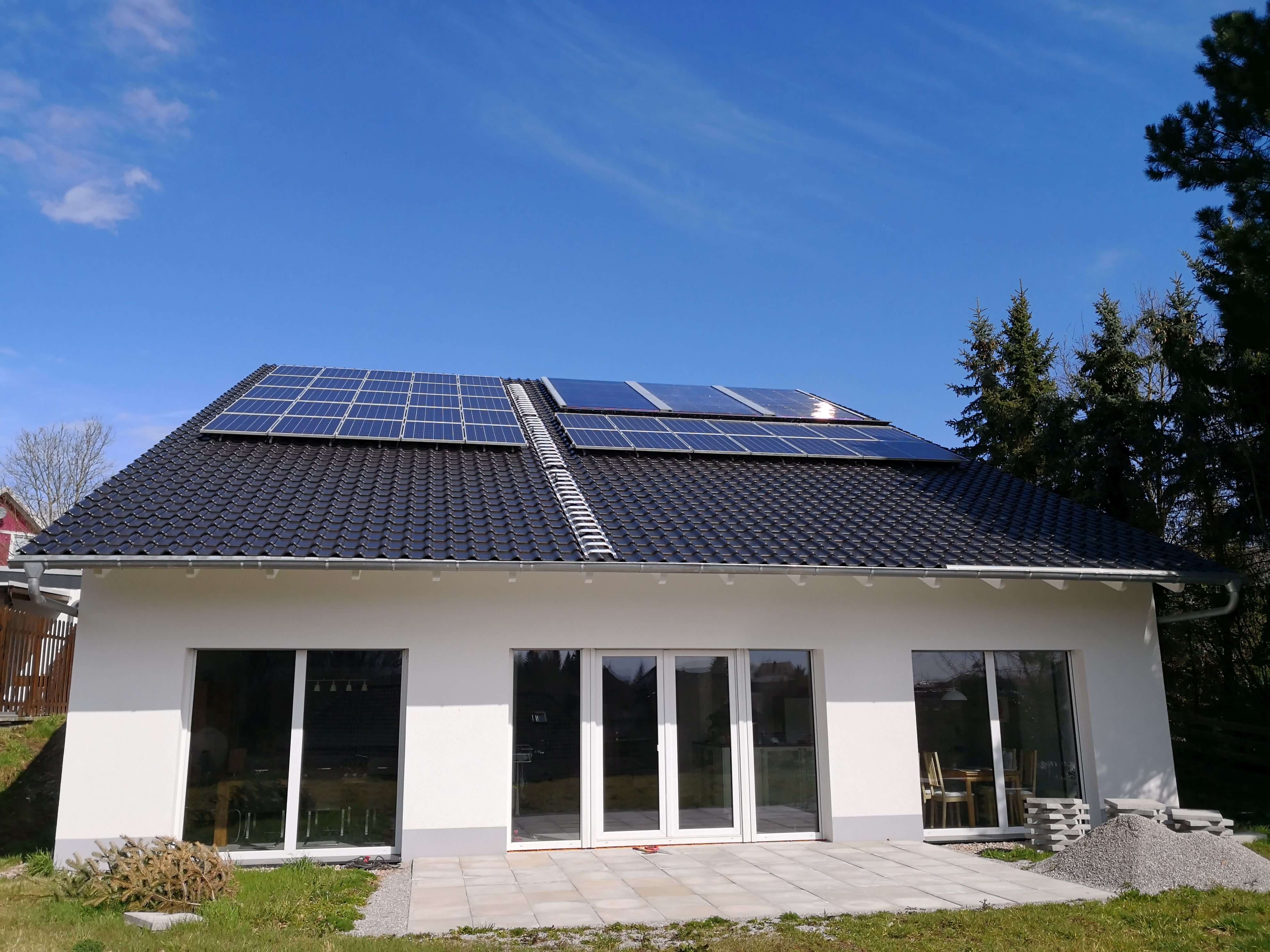| Duration: | September 2015 - December 2018 |
| Contracting Authority/ Sponsors: | Projektträger Jülich (PtJ), Federal Ministry for Economic Affairs and Energy (BMWi) |
| Project Partners: | Institut für Gebäude- und Solartechnik TU Braunschweig, Solar- und Wärmetechnik Stuttgart (SWT) |
| Website: | https://solare-energieversorgung.de |
| Project Focus: |
SolSys – Analysis and Optimization of Solar Energy Supply Systems

Well over half of the energy demand in Germany is accounted for by the building sector. The resources required to cover this are, to a large extent, available in the building itself. In most of the energy supply concepts currently implemented, the heat and electricity supply are considered separately from each other. Technologies such as fossil-fired boilers, direct electric heating or even electrically driven heat pumps are usually used to cover the heating requirements of buildings. In particular, these electricity-based building services components hardly interact with any solar thermal systems installed on the building or with the passive energy gains from solar radiation.
The different energy concepts implemented in buildings with a solar-based supply usually follow different approaches. With regard to the use of solar energy, it is possible to identify on one hand side heat – and on the other hand side electricity based concepts. With heat based concepts, solar-generated heat is stored locally in hot water storage tanks for periods of even up to several weeks. In the case of electricity based concepts, on the other hand, the generation of electrical energy by photovoltaic systems is maximized. The aim of maximization is to achieve the most positive annual balance possible between the electrical energy demand and the own generation of electrical energy or even to produce more electrical energy than is consumed in the property. The quite meaningful combination to "heat-electricity concepts" usually does not take place so far. In most cases, the modules of the supply system for electricity and heat are considered separately.
In the SolSys project, supply systems for residential buildings based on solar energy are analyzed under an integral consideration of electricity and heat and examined for their future viability. Relevant, market-available systems from the areas of electricity and heat supply are structured in a research work in the first step in a technology matrix, so that the basis is created to be able to derive relevant technology options from them in a second step. In particular, the processes and paths activated for financing and implementation are systematically recorded and analyzed for any discrepancies and obstacles that may arise. Furthermore, four single-family and two multi-family residential buildings are subject to intensive monitoring for these analyses. The measurement analysis forms the basis for adjusted numerical simulation models. Based on these simulation models and the systems structured in the technology matrix, variants are derived for sensitivity analysis and parameter studies. The simulated systems are then subjected to the developed technical-energetic, economic, ecological and sociological evaluation patterns.